Energy Circulation Natural Drainage Open Spaces Agriculture
Neighborhood Agriculture
A large portion of Village Homes landscape is “edible.” Residents grow food in front yards, common areas, and community gardens. These lands are for the private use of community members. Orchards and vineyards in Village Homes are maintained primarily by hired gardeners and can be harvested by all residents. Instead of a typical landscape buffer on an adjacent city street, Village Homes has a working almond orchard. A community agricultural board guides who grown and harvests what and when, and residents pick the fruit and nut crops without charge. (Thayer 1993, 292)
The edible landscape has a particular aesthetic character, one which appears to some as overgrown at times. Nonresidents have commented that the overall landscape is “an eyesore” and requires a great deal of maintenance. But, as Mark Francis notes, residents may derive great pleasure in seeing the seasonal cycles of nature in the neighborhood’s vegetation and open spaces. (Francis 2003, 37)
The table below lists harvest times for Village Homes’ most popular crops:
Crop |
Harvest Times |
Almonds |
August-September |
Apricots |
June |
Citrus |
November-May |
Cherries |
May - July |
Feijoa |
Autumn |
Figs |
July - September |
Grapes |
June - October |
Jujube |
September - October |
Kumquat |
December - March |
Loquat |
Summer |
Mulberries |
July - September |
Peaches |
Summer |
Pears |
July - September |
Persimmons |
October - November |
Plums |
Summer |
Pomegranates |
Autumn |
(table source: http://www.villagehomesdavis.org)
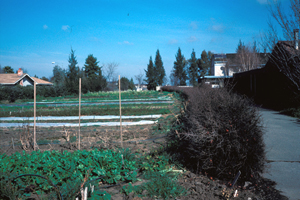 |
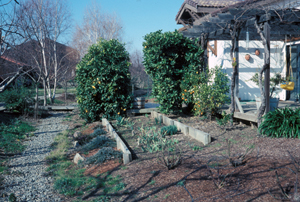 |
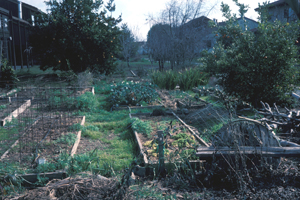 |
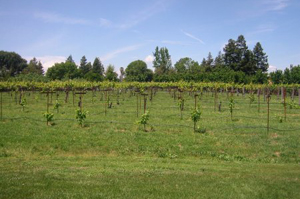 |
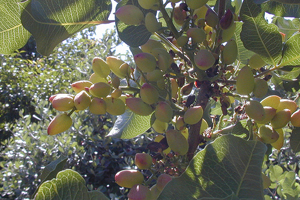 |
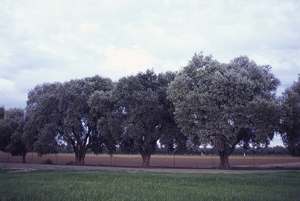 |
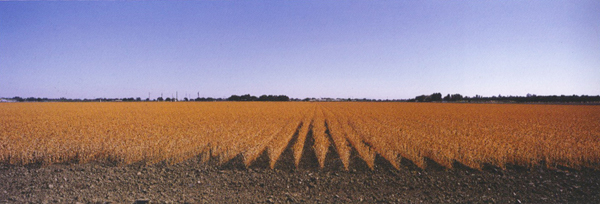 |
| Image Sources: |
| 1. Anne Whiston Spirn 1990 |
| 2. Anne Whiston Spirn 1990 |
| 3. Anne Whiston Spirn 1990 |
| 4. http://daviswiki.org/Village_Homes |
| 5. http://www.flickr.com/photos/83199342@N00/397876753 |
| 6. http://www.flickr.com/photos/refractionless/431861211/in/set-72157594419533605 |
| 7. Francis 2003, 42 |